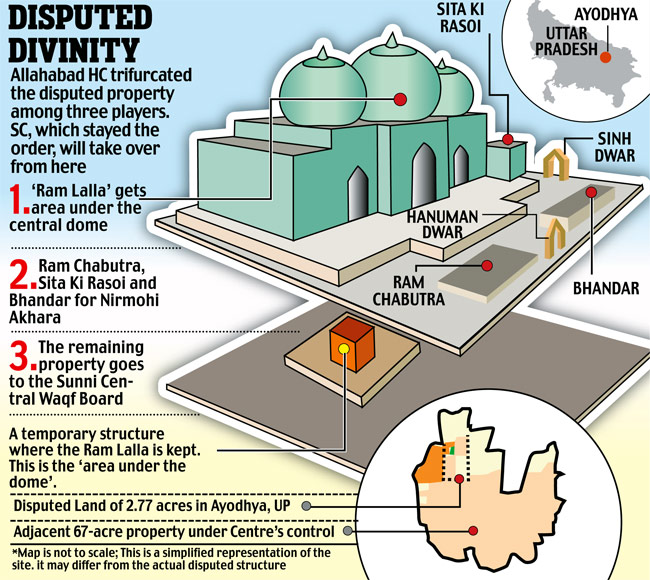7667766266
enquiry@shankarias.in
What is the issue?
With the Supreme Court beginning the final hearings in the Babri-Masjid Case, it is vital to understand the progress of events.
How did the controversy evolve?

Source: Indian Express